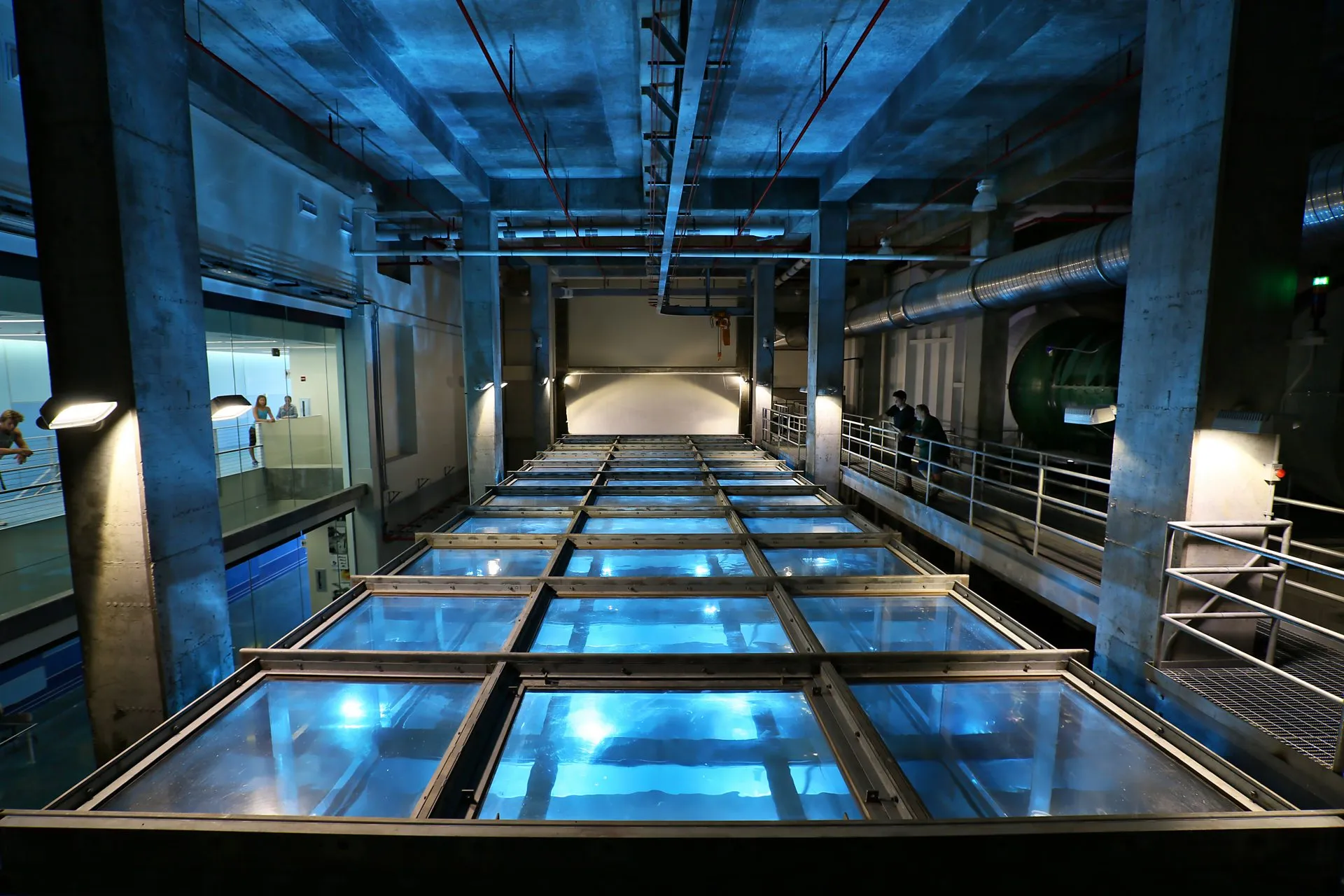Hurricane Simulator: Unleashing Nature's Fury Indoors

Harnessing Technology to Simulate Hurricanes
The Hurricane Simulator at the University of Miami Rosenstiel School is the largest of its kind worldwide. It’s an astonishing facility where hurricanes are produced indoors on a daily basis, enabling researchers to conduct vital experiments. By simulating core attributes of hurricanes, including wind speed and rainfall, scientists can gain invaluable insights.
Applications of the Hurricane Simulator
- Research Optimization: This technology allows for real-time data analysis of storm patterns.
- Disaster Preparedness: Improved predictive models help communities brace for impending storms.
- Engineering Solutions: Testing building materials and designs against hurricane conditions enhances safety standards.
In recent years, collaborations between engineers and meteorologists have turned this simulator into a beacon of innovation, paving the way for better storm readiness and response strategies.
Key Takeaways from the Hurricane Simulator
The potential impacts of the Hurricane Simulator stretch far beyond academic research. It plays a crucial role in developing advanced technology to protect lives and properties from hurricane devastation.
This article was prepared using information from open sources in accordance with the principles of Ethical Policy. The editorial team is not responsible for absolute accuracy, as it relies on data from the sources referenced.